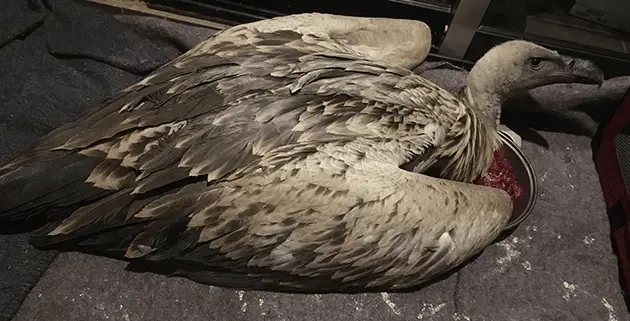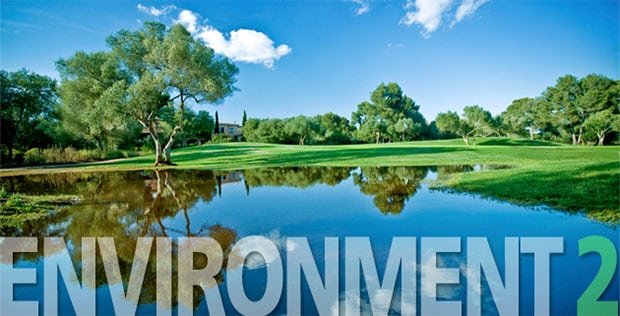War Against Alien Invasive Trees
The ‘big guns’ in the arsenal of alien invader trees are the Australian wattles (Acacia spp.), gum trees (Eucalyptus spp.), pines, poplars, weeping willows and mesquite. By 2010, these plants had spread over 16% of South Africa’s land area – some 20 million hectares – which is dramatically greater than their estimated footprint from fifteen years earlier.
There are 981 species of wattles or acacias (racosperma), and all but 10 of these are native to Australia. Thirteen types of acacia are classified as invasive plants in South Africa (read more here). But it’s not just that these tree are alien to the country that has placed them on the red list. It is their impact on the local environment that is of serious concern.
Impact on Soil
Many alien invasive plants change the chemical composition of the soil in which they grow. Black wattles, for instance, load the soil with nitrogen, impacting threatened grassland species that thrive on low nitrogen soils and modifying the environment for other invaders. Gum trees poison the soil for other plants. The result is that indigenous plants die out around these trees.
Impact on Herbivores
Other invaders might be toxic or unpalatable to grazing animals and often out-compete fodder plants – thus reducing the food source available for livestock. Research estimates that if invaders are allowed to spread, they could reduce the country’s carrying capacity for large grazing animals by more than two-thirds.
Impact on Veld Fires
Similarly these invaders change the fire pattern in the area, which can be catastrophic, even for fire-adapted vegetation types like fynbos and grasslands. Alien invasive trees grow big, with heavy wooden stems and branches, and therefore carry a higher fuel load. When fire burns through a forest of black wattles, instead of moving through hot and fast, as it would in indigenous vegetation, the fire will burn much longer. This bakes the soil and kills indigenous seeds.
Impact on Water
Scientists have long suspected that dense thickets of alien invasive trees are much thirstier than their indigenous counterparts. To understand precisely how much water they use, researchers from the University of KwaZulu-Natal and the Council for Scientific and Industrial Research (CSIR) set up a monitoring process over a period of thirteen years, which proved that black wattle in particular can consume up to 44 percent of the water out of a catchment area.
Other experiments from around the country show that heavily invaded patches of black wattle, gum or pine trees use even more water than this, further impacting stream flow and water quality. In areas where these stands of invasive species have been cleared from the water catchments, streams and rivers have begun to flow again after being dry for years, thus reinvigorating the defunct ecosystem.
According to the National Biodiversity Assessment 2011, scientists calculate that the profuse mass of invasive plants uses about 7% of the country’s total annual runoff (equivalent to 18 large dams), water which should end up in our rivers and dams. If left unchecked, they will continue to spread, eventually using up nearly 60% of our yearly runoff.
Impact on Soil Erosion
But their impact isn’t just on the volume of water they absorb. When it rains, instead of the water being slowed down by grass and shrubs, and percolating down into the soil to recharge the groundwater and trickle through to nearby rivers, the water rushes across the surface of the ground, shearing off layer upon layer of top soil. Rivers become clogged with this sediment.
Impact on Pollution
The environmental decay that comes with alien tree invasion is like a form of pollution. But unlike an oil spill or litter dumped in the veld, this form of pollution self-replicates. Once these invasive species have gained enough momentum, they keep on spreading. Black wattle seeds, for instance, can remain viable in the soil for up to half a century.
Researchers estimate that South Africa now loses the equivalent of R6.5 billion worth of ecosystem services annually due to the dramatic expansion of these invaders.
The message is clear: if we want to rehabilitate South Africa’s savanna biomes to their former glory, and conserve already scarce water reserves, invasive alien trees need to be eradicated. This is not a once-off effort, but will need to be maintained for decades.
Published with acknowledgement to the South African National Biodiversity Institute (SANBI) publication: Ecological infrastructure, Case study 2, Water thieves.
DOWNLOAD THIS ARTICLE in PDF – Click onto the image below.








